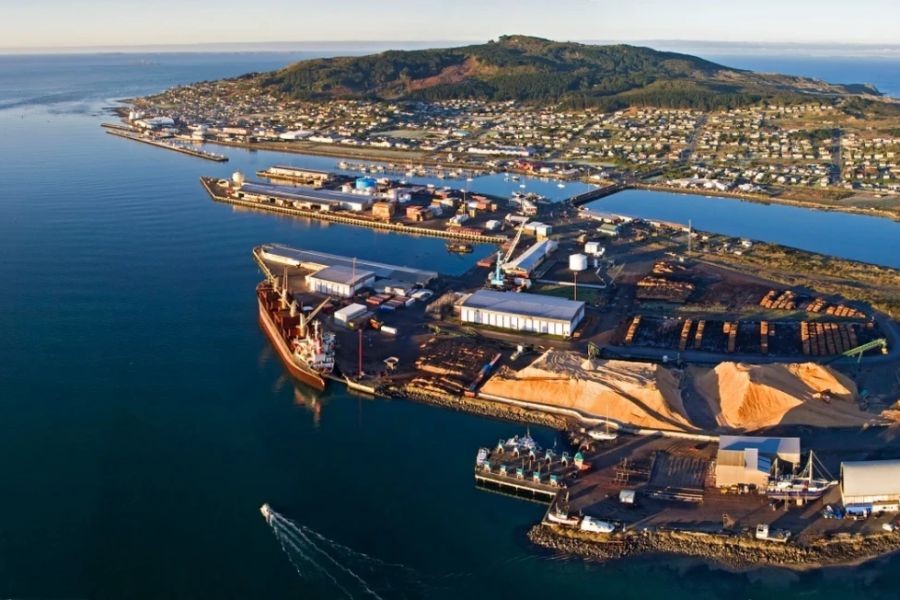Exploring New Zealand's Coastal Beauty Exploring New Zealand's Coastal Beauty
New Zealand, an island nation renowned for its picturesque landscapes, is home to some of the world's most majestic coastlines. The country's coastal beauty is not merely an aesthetic treasure but a crucial component of its cultural, environmental, and economic fabric. This article delves into the significance of New Zealand's coastal beauty, exploring its multifaceted impact on Kiwi life.
The Cultural Significance of Coastal Landscapes
For centuries, the coastlines of New Zealand have played a pivotal role in the lives of its inhabitants. The Māori, in particular, have deep spiritual connections to the land and sea, which are woven into their traditions and stories. Coastal areas are central to Māori mythology and are often seen as gateways to the spiritual world. The reverence for these natural wonders is still evident today, as many coastal sites are protected and conserved as part of New Zealand's heritage.
However, it is critical to recognize that modern influences threaten this cultural heritage. The rapid development of coastal areas for tourism and urban expansion poses risks to these sacred sites. As Kiwis, it is imperative to strike a balance between economic growth and preserving our cultural identity.
Environmental Impacts and Conservation Efforts
New Zealand's coastal environments are teeming with biodiversity, hosting a variety of unique species found nowhere else on Earth. Unfortunately, human activities have led to significant environmental challenges. According to the Ministry for the Environment, around 27% of New Zealand's native marine species are threatened or at risk. Coastal erosion, pollution, and climate change are exacerbating these issues, necessitating urgent conservation efforts.
On a positive note, New Zealand has made strides in marine conservation. The establishment of marine reserves, such as the Poor Knights Islands Marine Reserve, showcases the nation's commitment to protecting its coastal ecosystems. However, more comprehensive policies and community engagement are required to ensure long-term sustainability.
Economic Opportunities and Challenges
Tourism is a major economic driver in New Zealand, with coastal attractions being a significant drawcard. The pristine beaches and stunning coastal landscapes lure millions of tourists annually, contributing substantially to the nation's GDP. According to Tourism New Zealand, the industry generated over NZD 41 billion in 2019 alone.
Yet, this economic boon comes with its own set of challenges. The influx of tourists places immense pressure on coastal infrastructure and natural resources. Over-tourism can lead to environmental degradation, threatening the very assets that attract visitors. It is crucial for policymakers to implement sustainable tourism practices that protect coastal regions while maximizing economic benefits.
Case Study: The Abel Tasman National Park
The Abel Tasman National Park serves as a prime example of New Zealand's coastal beauty and the challenges it faces. Known for its golden beaches and crystal-clear waters, the park is a tourist hotspot. The Department of Conservation has implemented measures to manage visitor numbers and minimize environmental impact, such as limiting the number of daily visitors and promoting eco-friendly tourism practices.
Despite these efforts, the park continues to face challenges related to visitor impact and conservation funding. The situation underscores the need for innovative approaches and community involvement to ensure the park's sustainability for future generations.
Conclusion
Exploring New Zealand's coastal beauty reveals a complex interplay of cultural, environmental, and economic factors. While the nation's coastlines offer immense value, they also face significant threats that require thoughtful management and conservation. By fostering a deeper understanding and appreciation of these coastal treasures, Kiwis can work towards a future where economic prosperity and environmental sustainability coexist harmoniously.
Actionable takeaways for New Zealanders include advocating for stronger conservation policies, supporting sustainable tourism initiatives, and engaging with local communities to preserve cultural heritage. By doing so, we can ensure that future generations continue to enjoy the unparalleled beauty of New Zealand's coasts.





























